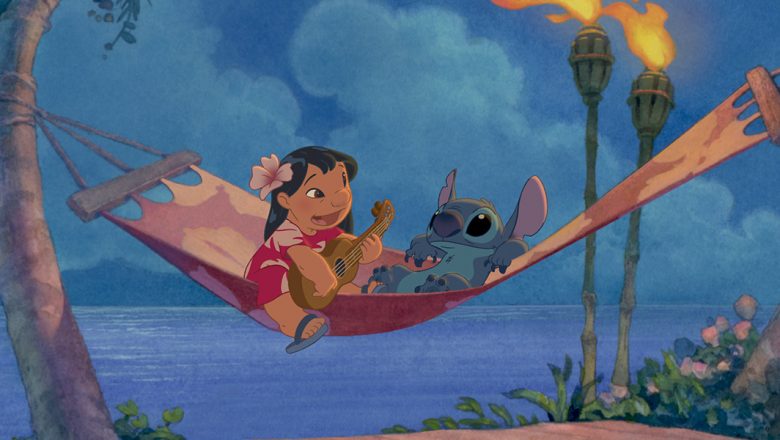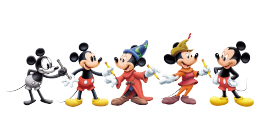When Lilo & Stitch co-writers and co-directors Chris Sanders and Dean DeBlois visited Hawaii before beginning work on this beloved film about ‘ohana, the Hawaiian word describing the importance of family, they decided they would use watercolors to recreate the unique coloring, vegetation, and landscapes found everywhere on the islands. It was a technique that hadn’t been employed at Walt Disney Feature Animation in more than 60 years—not since the making of Dumbo—and Lilo & Stitch is similar to that film in that they’re both simple, beautiful stories told using less complex and time-consuming animation. That less-is-more approach turned out to serve both movies well. As DeBlois wrote in Lilo & Stitch—Collected Stories from the Film’s Creators, the companion book to the movie, “The soft, rounded character designs and organic watercolors relax the imagery and ease the atmosphere, to portray a sense of Lilo’s endless summer, childlike perception of her world. We designed her town in such a way that Lilo could get everywhere she wanted to go by means of little paths, quiet back roads, and even a cavernous storm pipe that runs underneath the main street. We had spent time in Hanalei and Hanapepe while on a research trip to Kaua’i, and these beautiful, sleepy little spots became the inspiration for Lilo’s town.” The filmmakers recognized the debt they owed to Dumbo by including a Dumbo doll in Lilo’s room, which can be seen just before Stitch leaves her.



